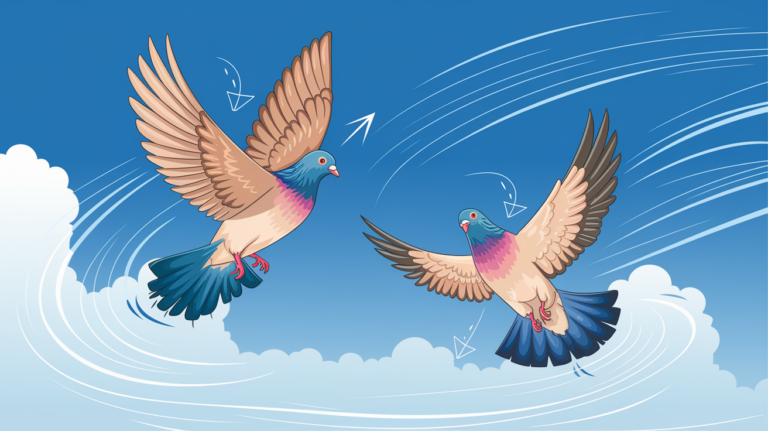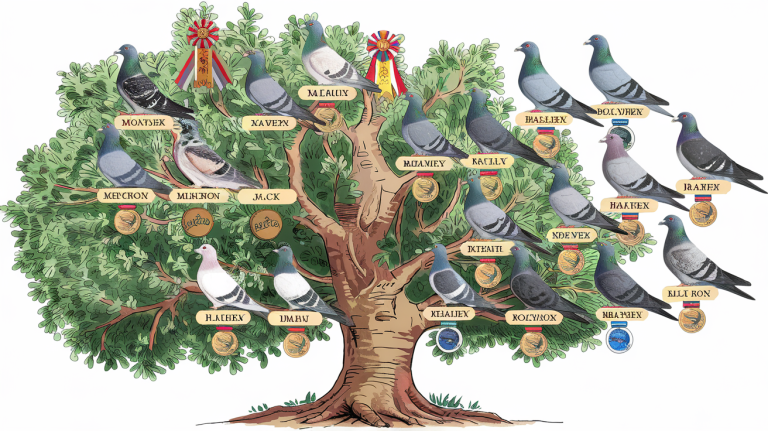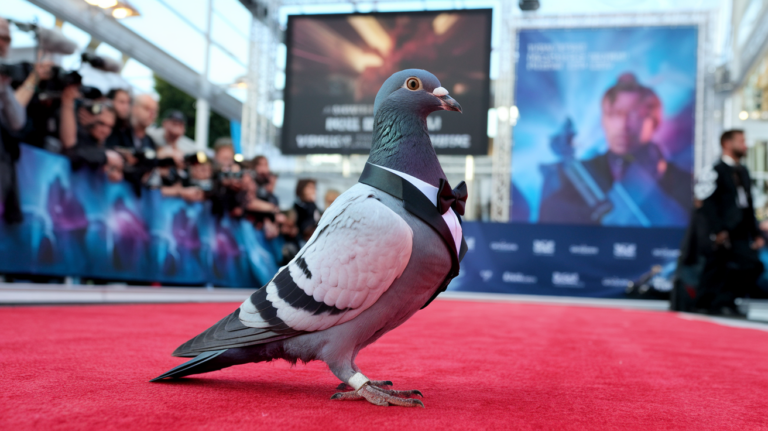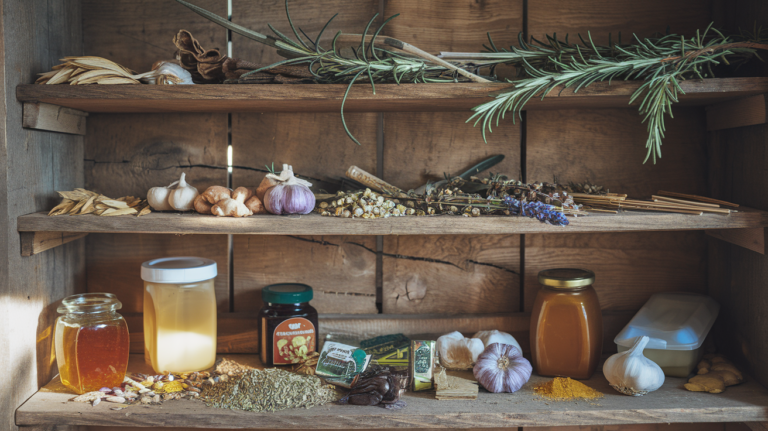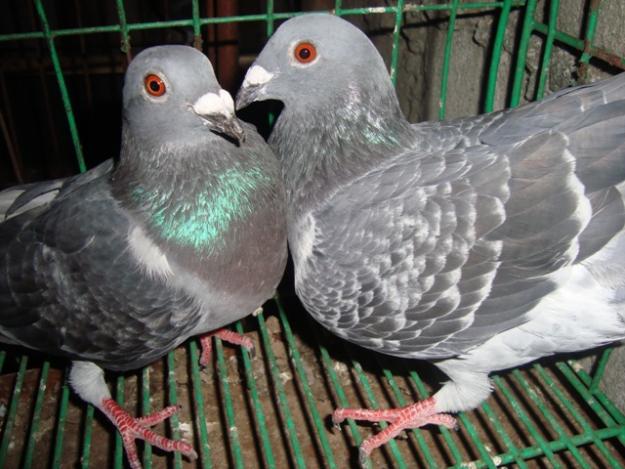
As the racing season winds down and November rolls in, pigeon fanciers start reflecting on their past performances — both in old bird and young bird races. This is the perfect time to plan for next season and start thinking about bringing in new birds to improve your loft. In this article you’ll learn how to create winning bloodlines with a proper pigeon racing breeding strategy.
If your team struggled in short-distance races, you might be on the lookout for birds with raw speed. On the other hand, if long-distance events weren’t your strong suit, you’ll probably want to add some distance-bred birds to your setup. Whether you’re attending live auctions to physically handle the birds or exploring the fast-growing world of online auctions, acquiring new bloodlines is an exciting part of the journey. But remember — even when you make all the right moves, luck still plays a role in finding that special bird.
The Power of Proven Pairs
One of the most reliable strategies I’ve found is sourcing youngsters from highly successful breeding pairs. These pairs have already proven their gene combinations work well together — not just in one generation, but in those that follow. The more winning birds a pair has produced, the better. It’s all about stacking the odds in your favor with genetics that consistently deliver performance.
Pigeon Racing Breeding Strategy: Matching Types
When pairing racing pigeons, I usually match birds of a similar type — unless I notice a specific weakness that needs improvement. For instance, if my short-distance family starts fading beyond 150 miles, I consider that a limitation that needs fixing. In the U.S., many races range between 350 and 400 miles — even for young birds — so we need pigeons that can handle that distance.
You can enhance distance ability in a speed family by introducing some proven distance blood — ideally from a family that’s also competitive in shorter races. The idea is to create well-rounded birds that can compete across a range of distances. Breed those offspring, test them in races, and then bring the best ones back into your speed line to strengthen your foundation without losing speed.
Adding Speed to Distance To Your Racing Pigeons
This process works in reverse too. If your birds are great at long distances but too slow in shorter races, you can cross in speed. The VanHee lofts offer a legendary example. Their Motta line of distance birds began losing competitiveness, so they brought in direct Janssen blood. After a single cross, they bred the offspring back into the VanHee line, eventually creating a ¾ VanHee, ¼ Janssen mix — a combination that produced national winners.
Linebreeding for Consistency
I’ve found tremendous value in linebreeding birds that share a strong genetic link. After years of study and tracking genetic percentages, I’ve noticed that maintaining about 28% to 37% common bloodline between two birds often results in greater race consistency — especially when working with linebred pigeons.
One of my most consistent performers — a 6th place winner in the Snowbird race and a top finisher overall — came from a linebreeding strategy based on a 31% genetic link to a super breeder-racer. This approach has outperformed complete outcrosses in my loft time and time again.
Outcrossing: Risk and Reward
That said, outcrossing still has its place. It’s often a gamble, but when it works, the results can be spectacular — thanks to hybrid vigor. Some fanciers chase this by pairing two unrelated inbred birds, hoping to produce a standout. While the success rate is lower (usually one in five or one in six), it’s not uncommon to find a “nick pair” — two birds whose bloodlines just click. These combinations can yield excellent racers and even build new families of winners.
Known Successful Crosses
Certain family combinations have been proven over time. For example, Huyskens Van Riels crossed with Haveniths are popular in parts of New Jersey. Janssens have historically crossed well with many lines. Another standout example is the Golden Couple — a mix of Meulemans and Van Den Bosche birds crossed with Janssen blood. This outcross pairing created an entire line of top-performing pigeons.
When to Use Inbreeding
In our loft, we occasionally practice tight inbreeding (like father-daughter or mother-son pairings) when we want to lock in exceptional genetics. The goal isn’t necessarily to produce the fastest racer — we look for birds that demonstrate solid homing instincts, consistent returns, and smart flying. These traits can make them excellent breeders later when crossed into other families.
For example, we bred our top Horemans hen to her son and raced the offspring. Two performed decently, and three became breeders. Despite not being race winners, these birds produced excellent clock birds in subsequent years — confirming the strength of their genes.
Breeding Strategy For Racing Pigeons Summary
In simple terms:
- Line breed when you’re not working with heavily inbred birds.
- Outcross only when you’re dealing with inbred birds or looking to refresh your bloodline.
- Seek known successful pairings when outcrossing to improve your odds.
- Use genetic coefficient calculations to understand inbreeding levels and plan breeding strategies wisely.
Understanding Inbreeding Coefficients
If you’re serious about winning pigeon racing breeding strategy, learn how to calculate inbreeding percentages. Each generation contributes less to a bird’s gene pool: 50% from parents, 25% from grandparents, 12.5% from great-grandparents, and so on. If a bird has common ancestors on both sides of its pedigree, it has an inbreeding coefficient — and understanding this can help you make smarter pairing decisions.
To learn more, read this article about understanding the math behind breeding winning racing pigeons.


